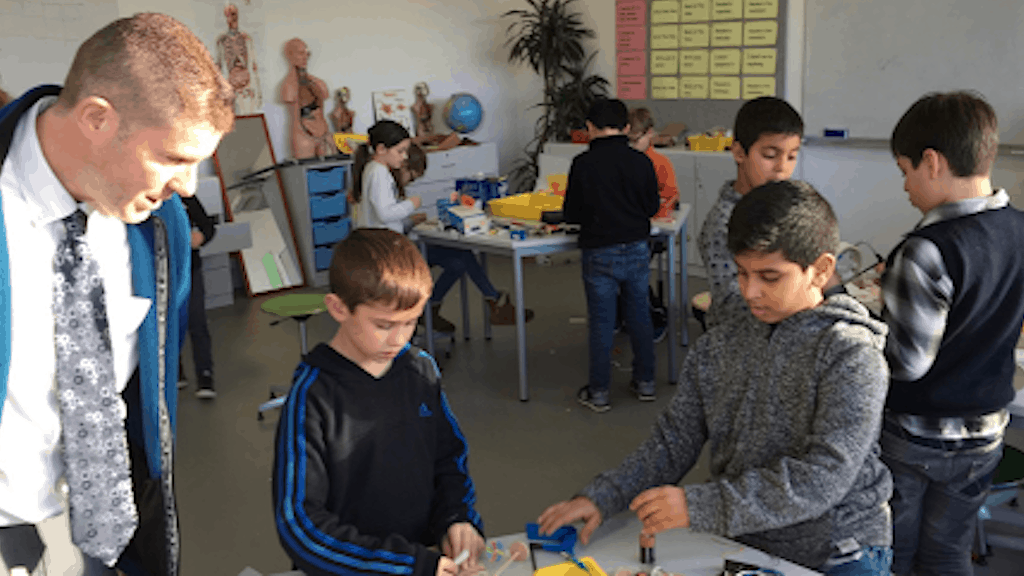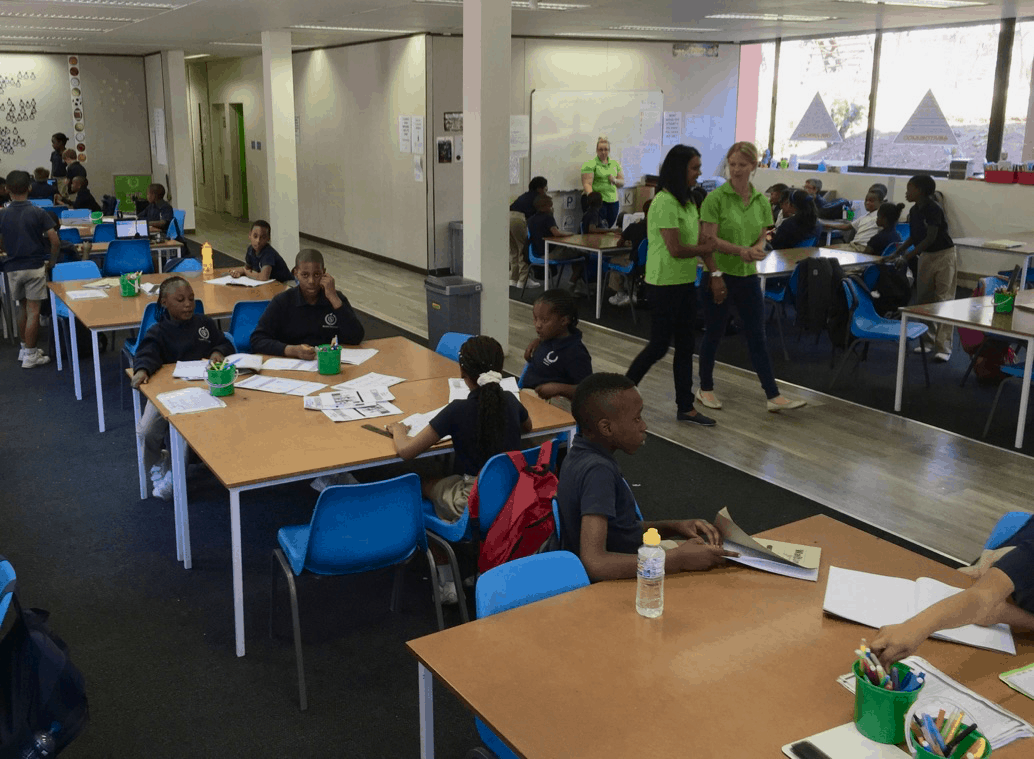3 Reasons to Refresh Your Vision of Powerful Learning

As a school leader, a vivid picture of learner experience (LX), a richly imagined day (and week, and year) in the life of your learners is your North Star. Your personal advocacy for powerful learning is key to developing a shared vision of what your school could be and what your learners can achieve.
But it may be time to update that picture. There are three things that may cause you to reconsider your personal picture of powerful learning experiences–what to learn, how learners express capabilities, and where they go after graduation.
The Augmented Intelligence Economy
We’re a couple of years into a new era (the one that follows the Information Age). Artificial intelligence (AI) has quickly infiltrated every sector and augmenting life, work, and learning. With big data and enabling technologies (e.g., robots, drones, gene editing), AI is speeding the pace of change and making events more unpredictable. The high-speed collision of manmade and natural systems is creating unprecedented novelty and complexity–in contrast to schools which value routine and compliance.
Work is increasingly complex and increasingly delivered by teams augmented by smart tools (with some team members that are part of the freelance economy).
Everyone in the new economy is an entrepreneur responsible for spotting opportunity and delivering value to customer groups–not just problem solvers, but problem finders.
The Information Age prescription of the 4Cs (communication, collaboration, critical thinking, and creativity) was pretty good advice but in many schools, there was a nod in this direction while the focus remained on facts, formulas, and standardized tests.
The new economy requires an LX update:
- Less compliance, more agency; less routine, more flexibility; less whole group, more voice, and choice;
- Less calculation, more design; fewer right answers, more complex questions;
- Less problem solving, more problem finding; less content regurgitation, more delivering value; less classroom, more community.
Our study of the future of work identified three new muscles developed with these experiences: agency, design, and entrepreneurship–the ability to manage your attention and work, the ability to walk into complexity with confidence, and the ability to spot opportunity and deliver value.

Dee Moodley and Bailey Thomson Blake observing 4th-grade projects at Spark Schools, Johannesburg
The Global Shift to Competency
It’s a show what you know the world (or, more accurately, a show what you can do world). Where (or if) you go to college matters less than demonstrated competency. You’re only as valuable as what you can learn–and fast.
For 125 years, secondary and postsecondary education have relied on a system of courses and credits, bolstered by standardized tests, delivered via whole group instruction largely to age cohorts. This proved to be an efficient way to organize school and identify compliant and persistent students. It is an ineffective way to develop human beings ready to thrive in a diverse and complex society.
With more relevant expressions of learning goals and more accurate demonstrations of growth, the world is shifting to competency by moving from:
- Keeping time to measuring progress;
- Age cohorts to dynamic individual progressions;
- Artificial measures of knowledge and skill to demonstrated capability.
Formal (and an on the job) learning will increasingly be organized as skill sprints and projects.
Capabilities will increasingly be captured in digital credentials, logged in Comprehensive Learner Records, and shared via portfolios and extended transcripts (and scanned by HR bots).
Expanding Postsecondary Options
Traditional colleges are dying a slow death. The rich selective brand name universities are safe for a few decades–for the families that can afford them. Spurred by the crisis of student debt (and worse, debt with no degree) and the opportunity to build new tech-enabled learning platforms and pathways, the postsecondary landscape is exploding with options–some valuable, some opportunistic.
In response to the new landscape, let students (and families) know it matters less where you go to college–it matters more what you do there: the work products you create, the network you build, and the work experiences you gain. And, wherever you go after high school, don’t pay too much and don’t saddle yourself with a lot of debt.
The most important high school deliverable might be a sense of purpose. For young people that means some appreciation for who they are, what they’re good at, what they’re interested in, and where they want to make a difference.
Key to responding to a complex postsecondary landscape and delivering purpose is guidance– sustained adult relationships and smart algorithms that deliver personalized and localized guidance on the next steps in learning.
It’s interesting to note the alignment of these three factors with Daniel Pink’s keys to motivation: autonomy, mastery, and purpose. The question for school leaders is how to develop communities that build agency, promote mastery, and foster purpose.
The New Work
Leading in high-speed change makes you a conversation leader and agreement facilitator. If you haven’t already, it’s time to help your community update its shared vision for what good learning looks like. It’s time to lead school community conversations about what’s happening, what it means, and the best kinds of experiences to prepare young people.
Go visit some high-velocity workplaces and high impact organizations. Visit schools that have responded effectively with powerful learning experiences. Visit postsecondary options that delivery value–check out what they do and what they’re looking for.
Hit refresh on your personal vision of powerful learning. Develop a cluster of stories that paint a picture of the future you’re trying to create.
For more, see:
- Podcast: 20 Trends in 20 Minutes
- 2019 Holiday Gift Guide for the Learners on Your List
- Should Skills Training Replace Higher Education?
Stay in-the-know with innovations in learning by signing up for the weekly Smart Update.






0 Comments
Leave a Comment
Your email address will not be published. All fields are required.